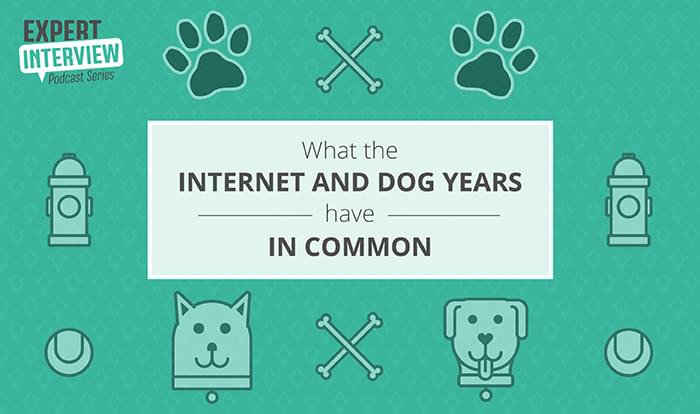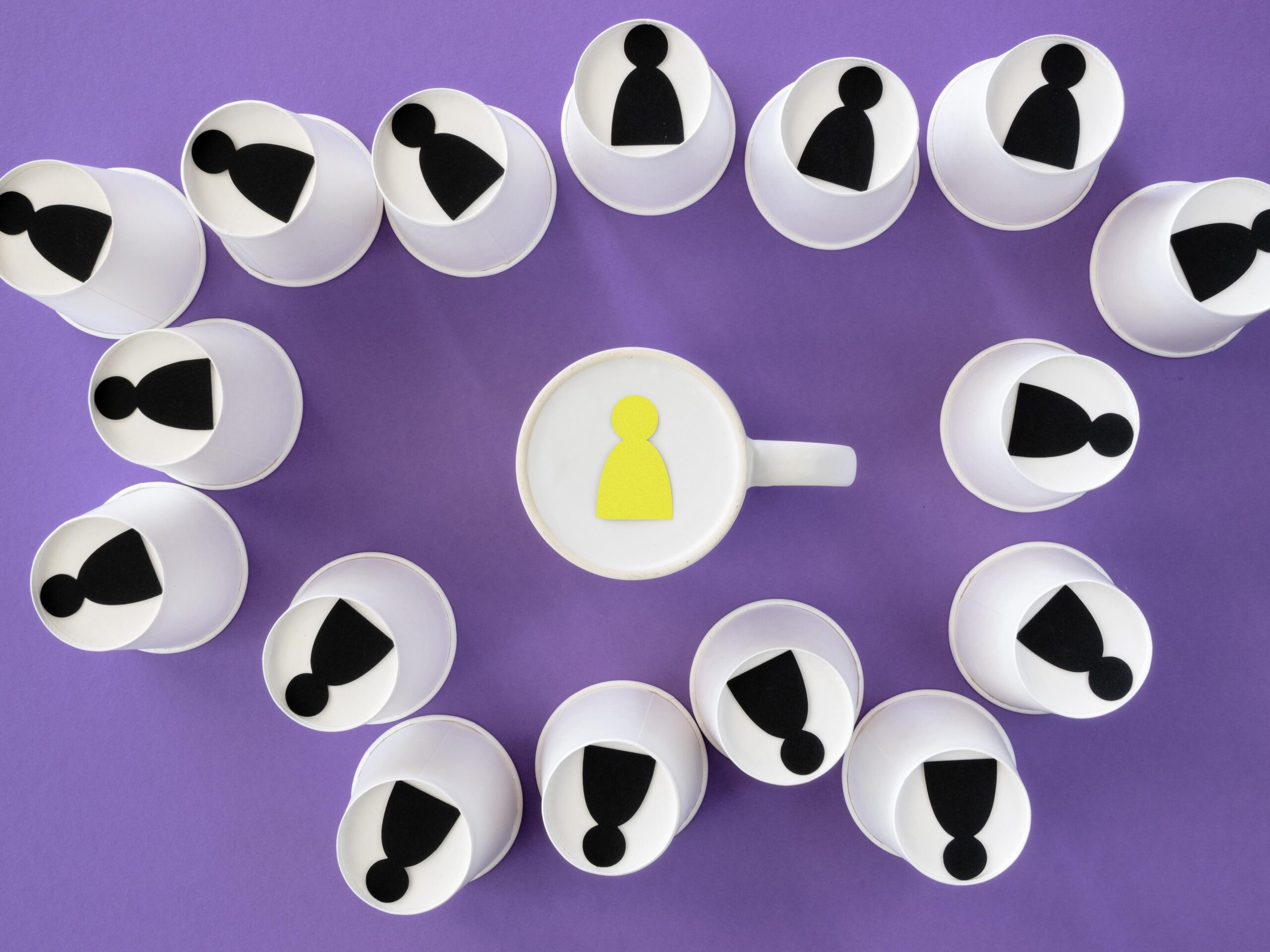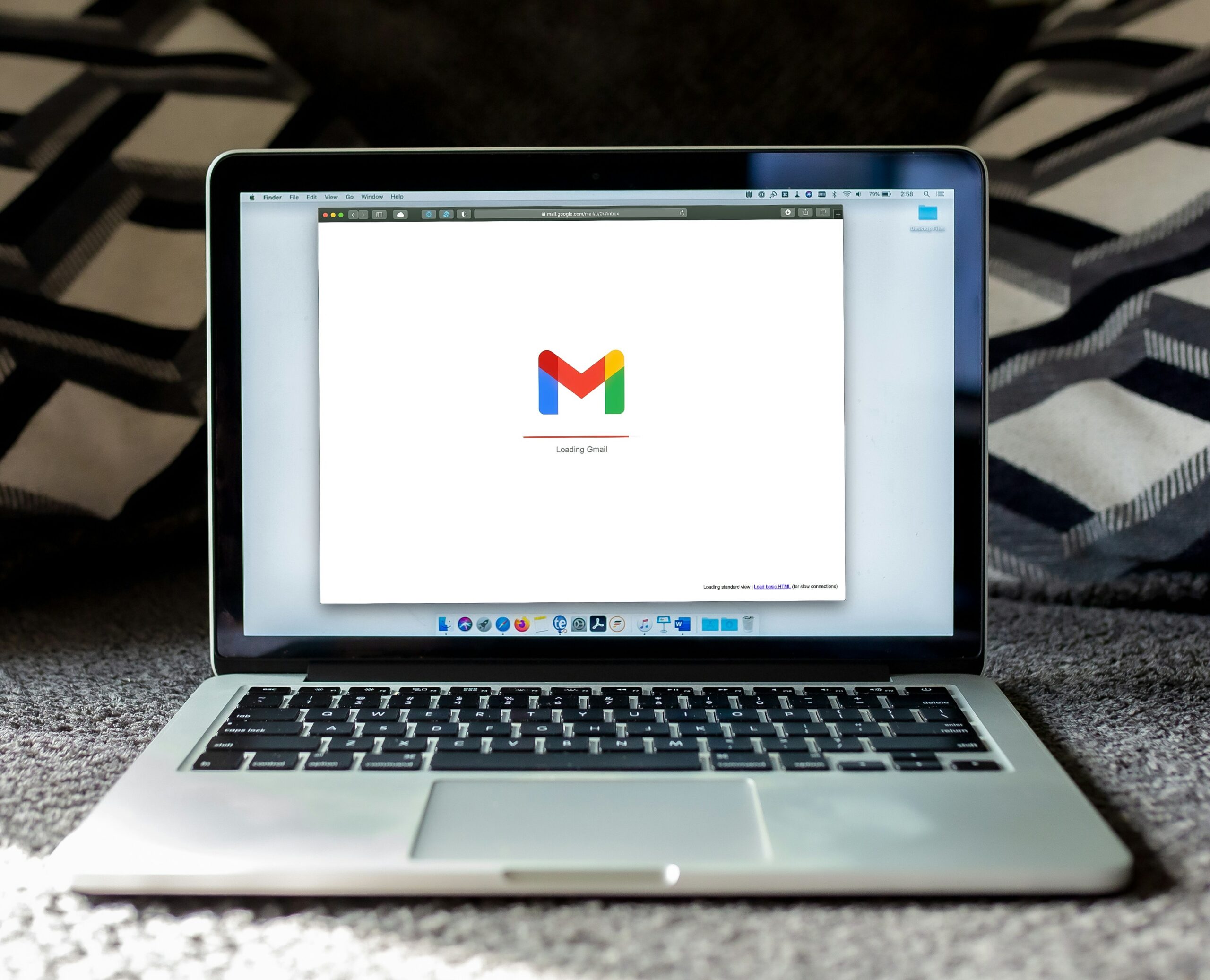Lars Bastholm is the Global Chief Creative Officer at THE ZOO, Google’s creative think tank for brands and agencies. He was a recent guest on our TechnologyAdvice Expert Interview Series.
In this episode, we discuss the importance of partnership and collaboration, the growth of virtual reality, how technology has impacted advertising and marketing, and what it’s like to be on the 4A’s Partner Awards jury.
Below are Lars’ top four insights from the conversation.
1. We used to say that one human year equals seven internet years — like dog years.
Every single year we’d see about seven years worth of change. If you say the commercial internet kicked off in the mid-90s, then we have about 20 years times seven, so 140 years of change and evolution. The commercial web is barely out of its teens, so we are still just scratching the surface of what’s possible and what’s doable.
That’s what keeps it fascinating for me. Every time we think that the internet is settling in and we completely understand what’s going on and how it works, then something happens. Some technology will come out of nowhere and create an entirely new way of thinking,
2. Everybody’s trying to find out how programmatic and creative play nicely together.
That’s hugely exciting because whenever you enter new grounds and try to find out what’s doable in this space, what’s possible in this space, you always see creative people coming up with fun ideas.
I’ve already seen stuff that was really well put together. We did our Copy & Code campaign with Nike last year. It was focused around real-time celebration of football teams, where small gifts were created the moment something happened on the field. Everything was done automatically, but it was based on real-time input.
I saw an agency in Latin America who did a thousand versions of Romeo and Juliet for Axe. It was put together on the fly based on your input about yourself. So it was your own version of Romeo and Juliet.
People are starting to do interesting things. It’s the really early days with programmatic. I’m just watching it and waiting for the Steve Jobs of programmatic to show up, if you will.
3. Another intriguing industry is the augmented and virtual reality space.
We’re doing a lot of interesting things ourselves with Google Cardboard. I’m sure we’ll be seeing even more interesting Cardboard things in 2016. But the whole field is just fascinating to me. I remember the first time everybody was talking about virtual reality in the mid-late ’90s. The technology was simply not there to support it as a consumer product.
Now we’re getting to a point where the technology is there and the bandwidth is there. The real question is how do we use that in a branded context? Again, it’s a whole new medium in many ways, and we can kind of amend it as we go along. Is it going to be good for storytelling? Who knows. No one has really done anything in that space yet. That kind of blows my mind.
I’m sure it’s going to be great for gaming, I’m sure it’s going to be great for exploring places you can’t go to, etc. But what else is it going to be good for in terms of branded content? I don’t know. We’ll have to do the baby steps and kind of figure it out together.
4. The better we get at putting the right message in front of the right consumer, the more acceptable and the easier it’s going to be for us to get to the right consumer.
That’s the big challenge here. The traditional mass marketing model of one message covering pretty much everybody is challenging in this landscape. We have to figure out what we can do in order to better target. There are very smart people working on stuff like that everywhere. Everybody knows that the right ad put in front of the right person is infinitely more valuable than the broadside that you fire into the ether and hope that somebody watches it.
Again, it comes back to what I was saying about programmatic. It’s about figuring out how you can tailor-make different messages on the fly to different individuals. Once we get there, it may not be easier to do mass communications, but it will be easier to do individualized mass communications.
5. What I’m excited about at the 4A’s Partner Awards is seeing unexpected partnerships.
Great collaborations that have become more than the sum of its parts. I mentioned with the Apple-Nike example. I’m really looking forward to seeing that kind of “Duh!” moment where I’m sitting there going, “But of course. It makes so much sense for these guys to collaborate.” And you know, what they did together really utilized the best of both companies. That’s what excites me about this.
You can learn more about the 4A’s Partner Awards and register for the upcoming Transformation conference here.





